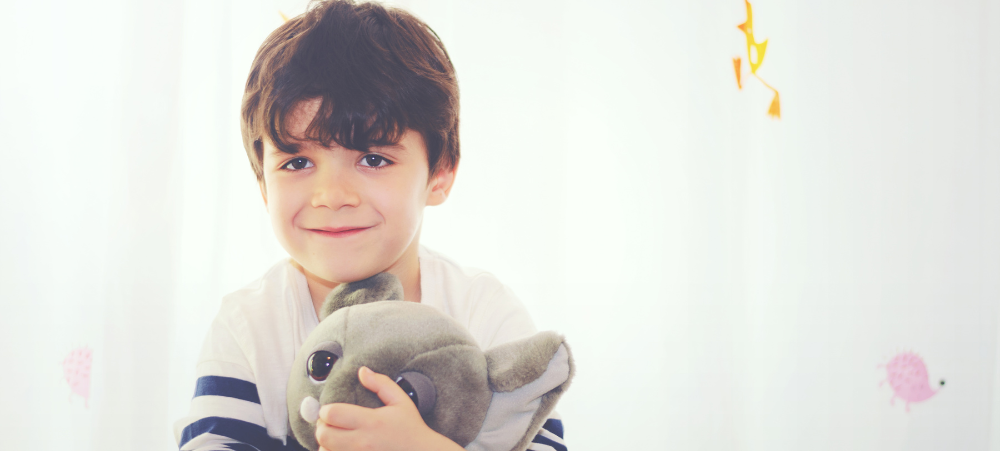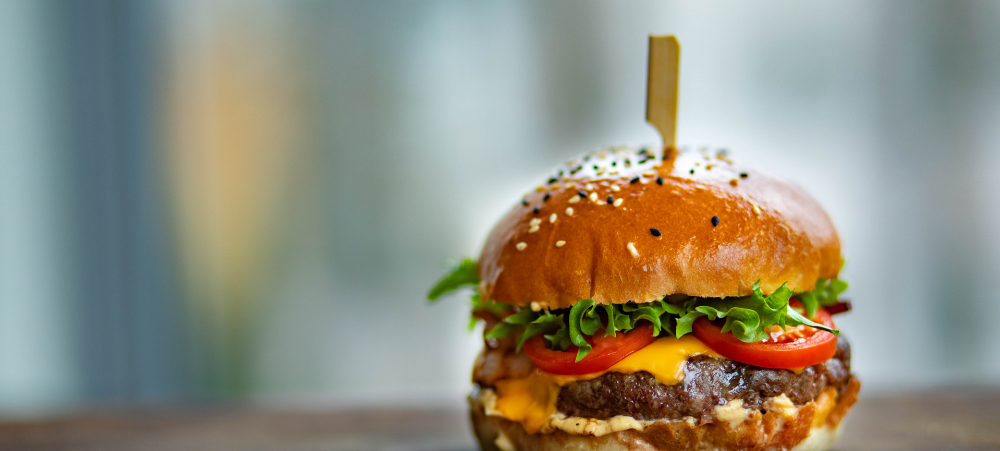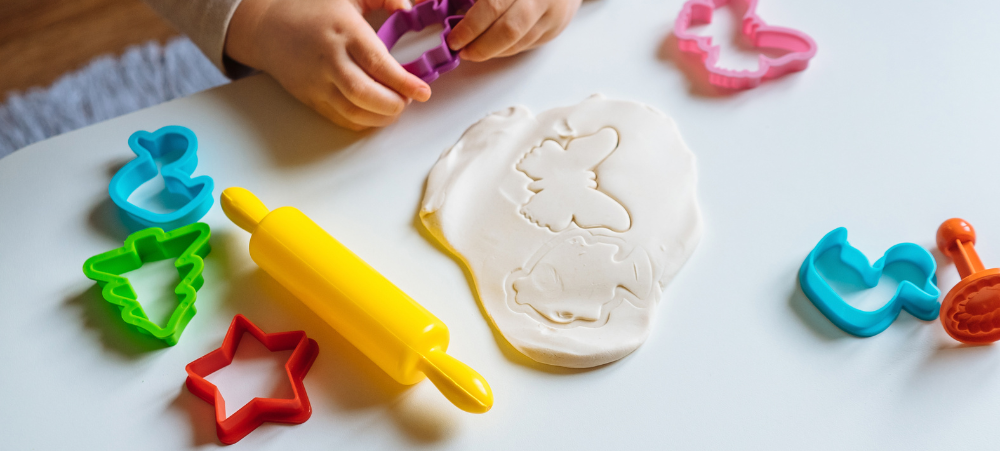
POTTY TRAINING: WHERE TO START
Affinity Health, a leading provider of high-quality healthcare, reminds parents potty training requires patience, persistence, and a positive attitude. Establishing a routine is essential, such as offering praise and encouragement and remembering that accidents will happen. Taking a calm and consistent approach can help your child successfully transition out of nappies and onto the potty. “Embarking on potty training is a significant milestone for parents and children. It signals a new stage in a child’s development and can be an enjoyable (although occasionally messy) journey. However, with a plethora of information on the subject, it can be daunting to know where to begin,” says Murray Hewlett, CEO of Affinity Health. Affinity Health explores some fun and informative tips for potty training. Timing Is Key The ideal time to start potty training is between 12 and 18 months. Most children are ready to start learning about the potty at this age, and their bladder and bowel control is developing. “Pay attention to your child’s cues and not force them into potty training before they are ready. By waiting until your child is developmentally ready, you can set them up for a more successful and stress-free potty-training experience,” adds Hewlett. Get The Right Equipment A child-sized potty chair, step stool, flushable wipes, and training pants are all essential for potty training. Let your child pick out their potty chair to make it more fun and exciting. Read Potty Training Books Many great children’s books are available to help prepare your child for potty training. Read books about going to the potty and talk to your child about what they see and hear. Encourage And Praise When your child successfully uses the potty, be sure to give lots of praise and encouragement. Positive reinforcement can go a long way in helping your child feel confident and motivated. Be Patient Potty training can be frustrating and messy, so it’s essential to be patient and understanding with your child. Accidents will happen, and it’s crucial not to get upset or angry when they do. Set A Routine Establishing a routine can help your child get into the habit of using the potty. Try having them sit on the potty regularly, such as after meals or before naps. Use Rewards Rewards can be a great way to motivate your child to use the potty. Try using a sticker chart or offering small rewards, such as a special treat or extra playtime. Overcoming Common Potty-Training Challenges Potty training can be a challenging time for both parents and children alike. Here are some common challenges parents may face during the potty-training process: Resistance: Some children may resist using the potty because they are comfortable with their current routine or are afraid of the potty. Accidents: Accidents are common during potty training and can be frustrating for parents and children alike. It’s important to stay calm and not get upset or angry when accidents happen. Regression: Sometimes, children who have been successfully potty trained may experience regression and start having accidents again. This can be frustrating for parents and may require retraining. Fear: Some children may fear the sound of the toilet flushing or the sensation of falling into the toilet. This fear can make it difficult for them to use the potty. Inconsistency: If parents are not consistent with their approach to potty training, it can confuse the child and make the process longer and more challenging. Night-time training: Night-time training can be more difficult than daytime training, as children may not be able to hold their bladder for extended periods while they sleep. Outside of home: Potty training can be more challenging outside of the home, as children may be hesitant to use unfamiliar bathrooms or public restrooms. In conclusion, potty training can be a fun and exciting adventure for both children and parents. By following these tips and taking a patient and positive approach, you can help your child achieve this important milestone and set them on the path to success. So, grab a potty chair and let’s get started! About Affinity Junior At Affinity Health, we know that the growth and development of your child is of utmost importance. With Affinity Junior, you can get Day-to-Day and Hospital cover for your children. Affinity Junior provides affordable healthcare for your children – keeping the most important people in your life healthy and happy! Affinity Junior will provide your children with unlimited, managed doctor consultations, medication, and hospitalisation, depending on the chosen plan. The unique feature of the Affinity Junior plan is that the policy insures only your children. For more on Affinity Junior, click here. About Affinity Health Affinity Health is South Africa’s leading health insurance provider, offering you a range of options, including access to the widest national provider network. We understand the importance of medical insurance that meets your needs, budget, and lifestyle. Our healthcare products are designed to protect you and your family when it matters. We strive to give our clients peace of mind and the highest standard of service. Follow us on Facebook, Twitter, and Instagram.































